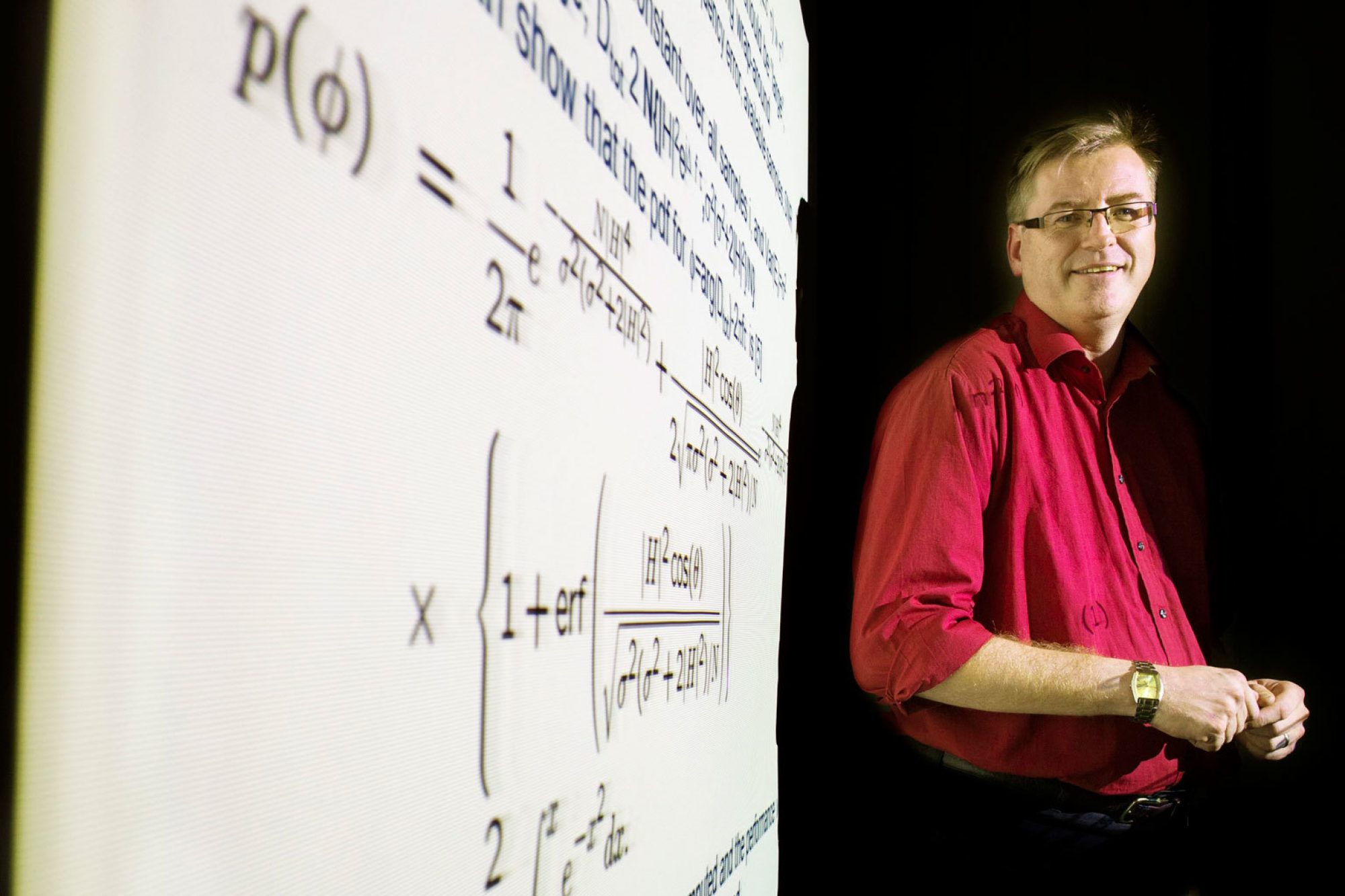There are quite some academic studies about inventing and inventors and patents. An inventor with many inventions/patents is called serial inventor or prolific inventor. In literature, some define prolific inventors with more than 10-20 patents . With a background in mathematical statistics I’m a bit of a nerd when it comes to statistics, so in this post I will try to answer some questions such as; what is the patent productivity distribution for inventors? How many inventors have more than 10 patents? 100 patents?
Well, it turns out that the distribution of number of patents per inventor also quite well follows the Lotka’s law .
Lotka’s law describes the frequency of publication (patents) by authors (inventors) in any given field (in this case patents and inventors). It states, in the patent and inventor case, that the number of inventors making x patents in a given period is a fraction of the number making a single patent, following the formula 1/x^a where a≈2, i.e., an approximate inverse-square law, where the number of inventors filing a certain number of patents is a fixed ratio to the number of authors publishing a single article. Generally, the relation is
Y=C/X^2;
So as an example, assume 10000 inventors having filed at least one patent over a certain period of time. Among them, statistically 1/10^2, i.e 1%, 100 inventors, have made 10 inventions, and statistically 1/100^2=1/10000 = 1 have filed 100 patents. So among 10000 inventors you can expect to find one inventor that has filed more than 100 patents.
So, now you have learned something new today ?!
